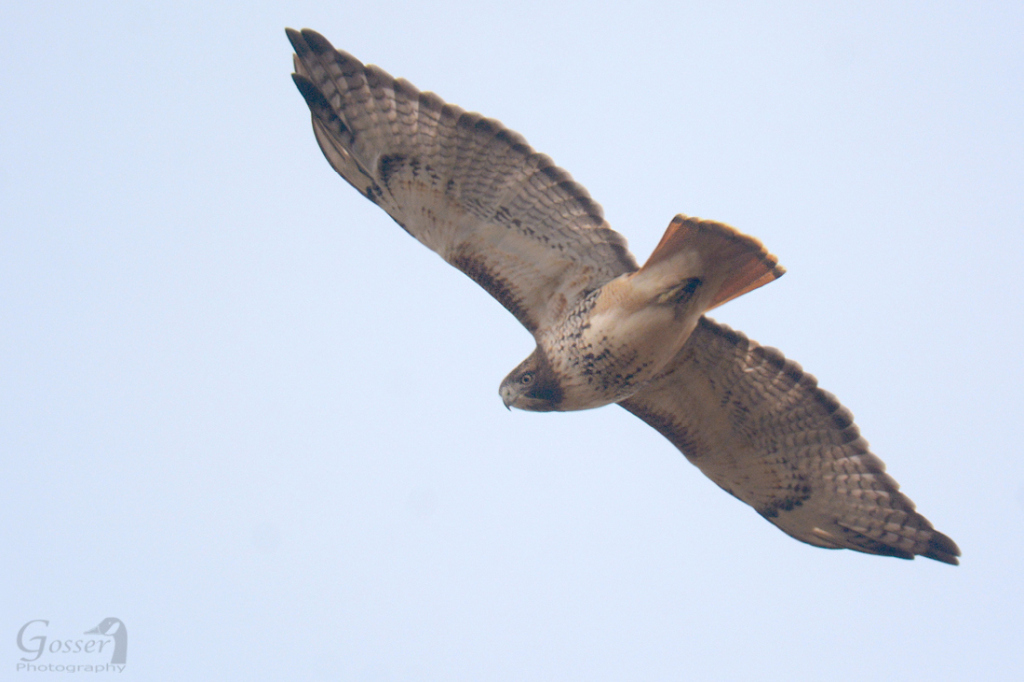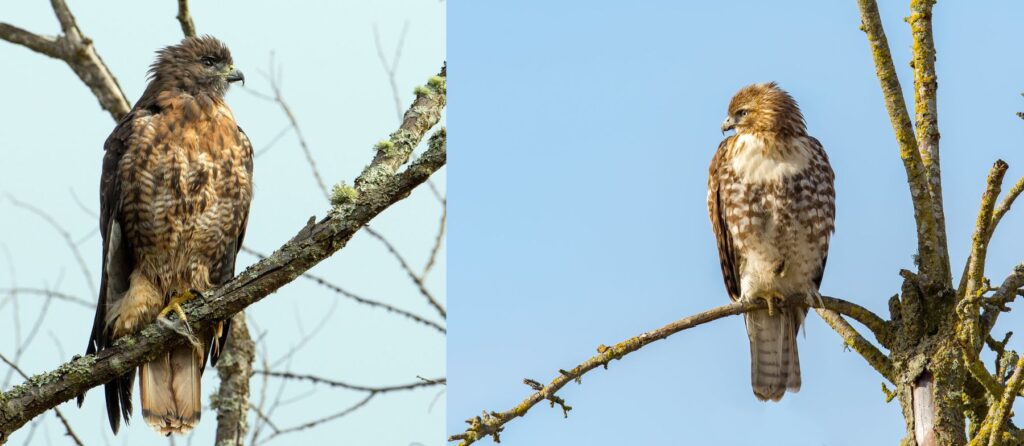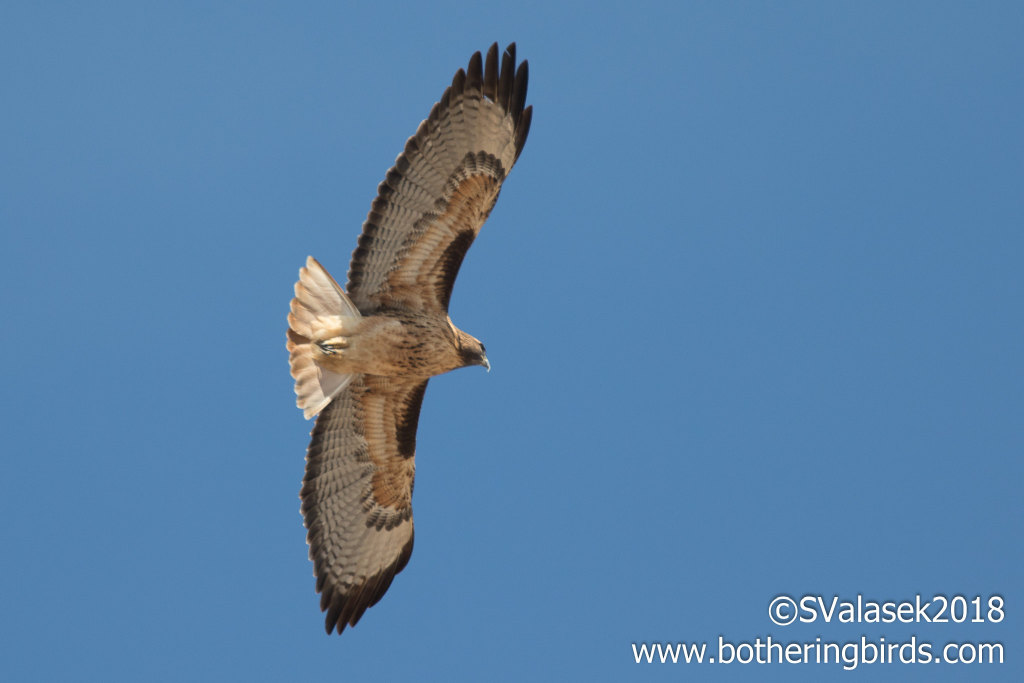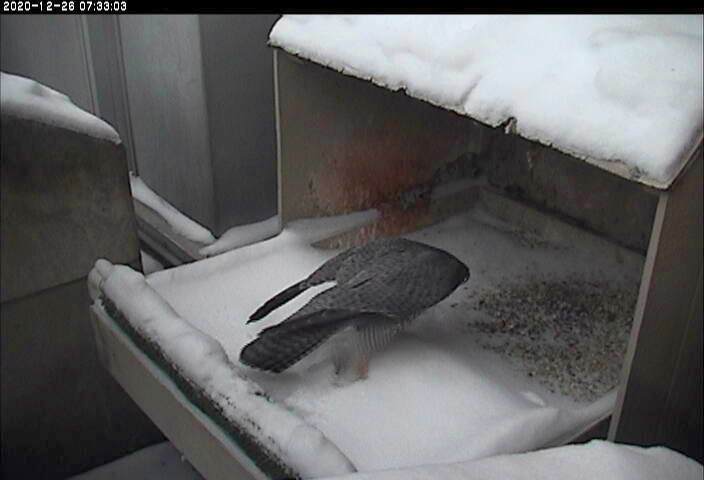
16 February 2021
Most birds fear great horned owls (Bubo virginianus) for they are such top predators that they will eat the young of bald eagles, peregrine falcons and red-tailed hawks.
Their nesting habits are dangerous, too. Like other owls they never build a nest but great horned owls will steal one that looks good to them. They usually pick on red-tailed hawks. It leads to a fight as shown in the video below.
In early February 2019 a red-tailed hawk was building a nest at Presidio park in San Francisco when a great horned owl decided to steal it. The details of their encounter are quoted below the video. (Abbreviations: RTH=red-tailed hawk, GHO=great horned owl)
A pair of great horned owls have been visiting this red-tail hawk nest at the Presidio for several nights. This is the first time it’s come to the nest during the day, and the first time the RTH has seen it. It didn’t take kindly to the invasion and attacked it soon after it arrived. The GHO was able to fend off the RTH the first time, but in the 2nd attempt, it falls off the nest and doesn’t come back….until the next day. The RTH returns to make sure all is secure. Confrontations done in real time and SloMo. NOTE: The owl comes back the next day & lays an egg, and another a few days later. There are a few minor skirmishes, but the RTH finally moves on & lets the GHO have the nest. One of its two eggs broke, but the remaining egg is due to hatch mid-March. UPDATE: The 2nd egg failed to hatch also. The owl eventually moved on.
— description of owl vs red-tail video on Janntonne’s channel on YouTube
If the owls are persistent, the red-tailed hawks eventually give up. Great horned owls outweigh red-tails by 30% and their talons are more than twice as powerful with a talon strength of 500 lbs per square inch. On the glove you can see the difference: red-tailed hawk (left), a great horned owl (right).

Everyone’s enemy is a formidable foe. No nest is worth dying for.
p.s. It is likely that Pittsburgh’s great horned owls have already laid eggs — much earlier than bald eagles, red-tailed hawks and peregrines According to the Breeding Bird Atlas of Pennsylvania the earliest egg dates in PA are …
- Great horned owl = 22 January
- Bald eagle = 6 February
- Red-tailed hawk = 24 February
- Peregrine falcon in Pittsburgh = 6 March (based on falconcam at Pitt)
(owl photo by Steve Gosser, talon photos by Kate St. John)
UPDATE: On the night of 22 Feb 2021 a great horned owl knocked the male Hays bald eagle off his roosting perch. The eagle was surprised but unharmed.











































